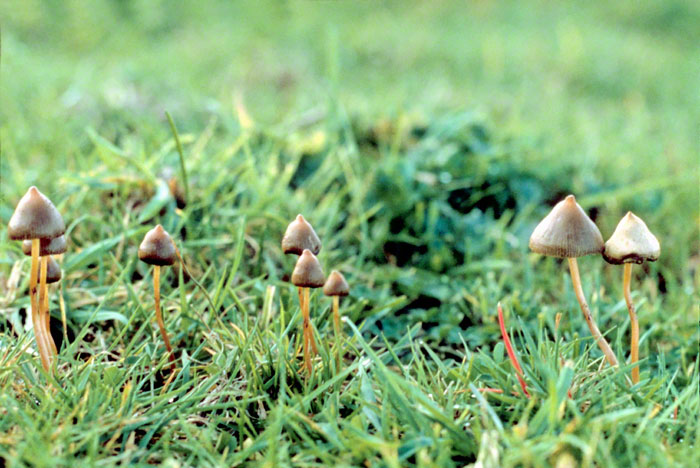Magic Mushroom Spores Buy - The Conspriracy

It is possible to use mushroom spores for creating art. It is possible to paint the spores using lacquer or hair spray. Then, they paint them with glitter or other things. They are perfect for decorating any room and look fantastic on the wall. It is also possible to create the spores into art by using your imagination. Hopefully, this article has given you some new ideas on how to utilize these amazing little objects.
To understand the characteristics of spores from mushrooms, scientists looked at the movement of the spores. Scientists used powerful microscopes, far larger than what you might be using in science classes. To control the environment the mushrooms were kept in a space with air flowing through it. They varied the amount of moisture and water in the air to observe what would happen. Scientists were able determine whether the spores of mushrooms were more aerodynamic.
The fungus releases sugars at the top of the hilar appendix of spores, that are prone to soak up water from their surroundings. The sugar sheen can encourage condensation of the appendix on the hilar during humid conditions. The sugar sheen can also form Buller's Drop, which is small specks of water that collects on the surface of the spore.
There's no need to wait until it's too late to plant your mushrooms.
The spores are extremely fragile. It is advised to stay away from touching the spores in order to protect them. It is possible to use an app to record observations and suggest species to growers if you're serious. It's easy to use. It's not necessary to wait until it's too late to begin growing mushrooms. There are many ways to get started! You can try to inoculate your zone with spore slurry, by adding salt and sugar to the substrate.
Another method to understand the dispersal of mushroom spores is by studying the water droplets in the fungus. They are very small, but they still possess an impressive amount of complexity. For example, the smallest ballistospores, with a mass of just 0.6 pg, are produced by a few species. Hyphodontia luteans, as an example, produces spores from the basidome's outer surface.
Another option is to create prints of spores. It is necessary to have a matured cap for this. Then, you can place the mushroom cap's gills and cap on a piece of tinfoil. To prevent air currents carrying away the spores put the paper on top of it. Within 6 to 12 hours, the spores will start to appear.
You can spot the hyphae on a magic mushroom spores for sale and then make spore prints in case you're not sure about the species. You'll need a microscope to do this. Most people don't have spare microscopes or have access microscopes. The mushroom spore can be made prints with the microscope slide if you have one.
In the process of dispersal, the spores are released from the pileus onto the surface of the vapor, which is then cooled by the surrounding ambient temperature. This is called a ballistospore release and it depends on the basidiome's size. It is not possible in the event that the spores propel to the other gill surface. However, it is known that spores of gilled mushrooms can be transported for short distances and without losing their shape.
Mushroom spores have many benefits, including being a vital source of cloud condensation nuclei, which help raindrops form. When rain falls on the cap of an invasive mushroom, the rain drops transport new spores to the air and fall as rain later on. You should also consider mushroom spores to use in your next cooking venture. It's also beneficial for the environment.

You need to grow mushrooms using the spores. For this purpose mature gills mushrooms are most suitable. However, those which haven't been gilled will likely produce spores. They should be either gilled, or porous. In general, spores of mushrooms are produced when a mushroom is at the final stage of its life.
The distance at which spores disperse from spores is dependent on the growth of its environment as well as the fungus's behavior. Some mushrooms are able to rely on the wind outside for dispersal, whereas another kind of fungus may depend on the wind produced by its pileus. These conditions may help spores to spread in low-wind zones. The fungus can also alter the distance that mushroom spores travel. The size of the gap the symmetry of the pileus and temperature gradients can all affect how far spores travel. |


 新浪微博
新浪微博 QQ空间
QQ空间 人人网
人人网 腾讯微博
腾讯微博 Facebook
Facebook Google+
Google+ Plurk
Plurk Twitter
Twitter Line
Line
